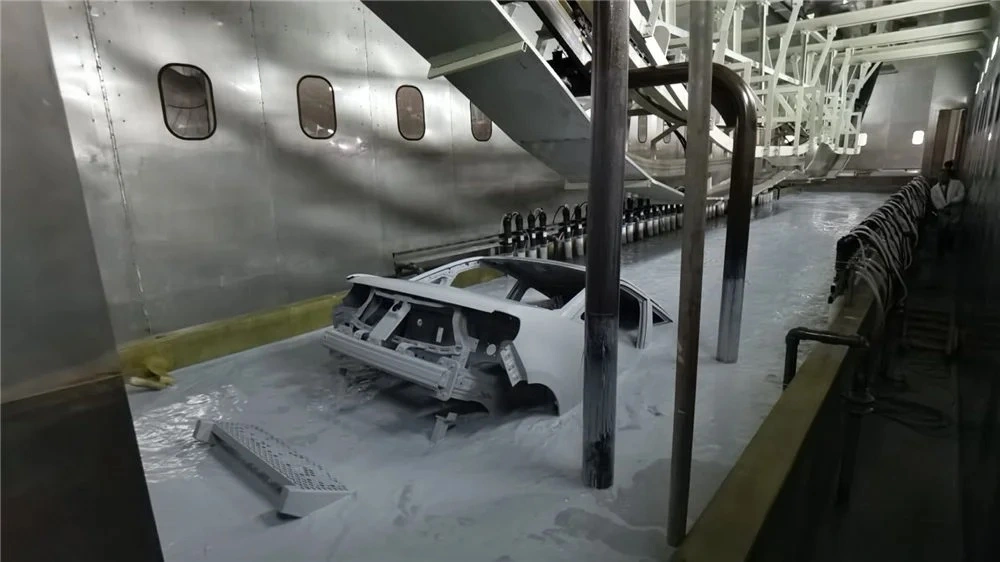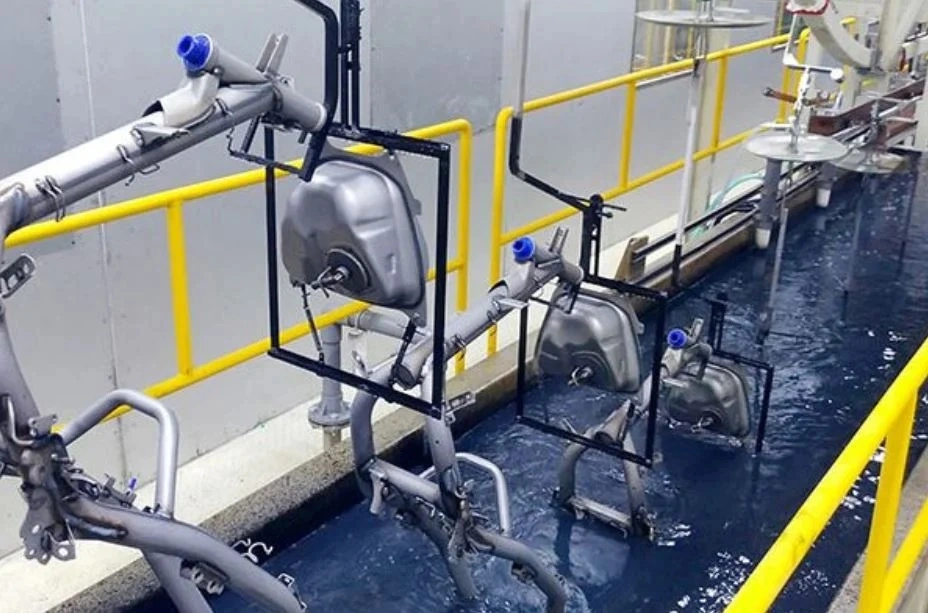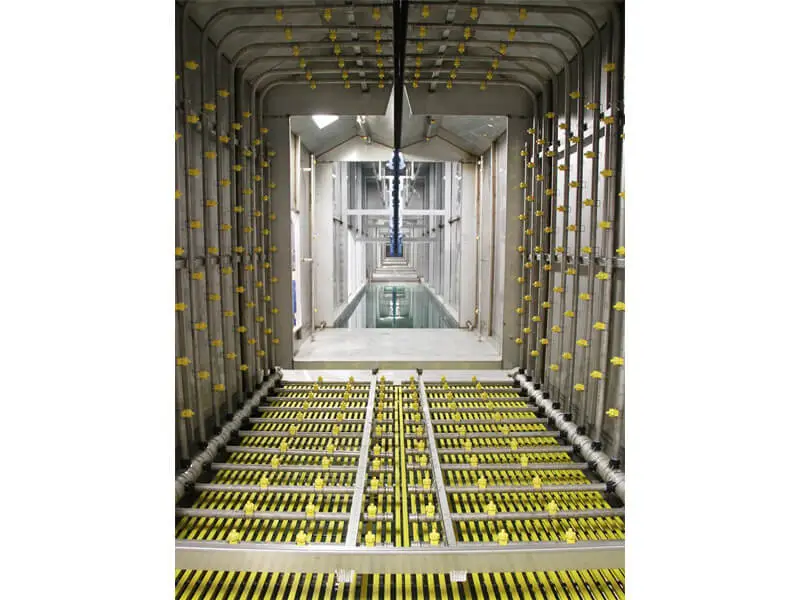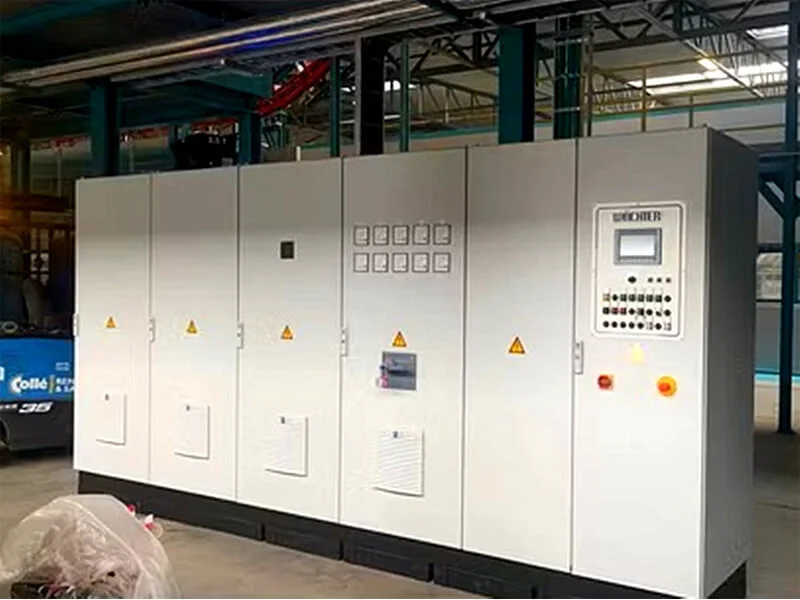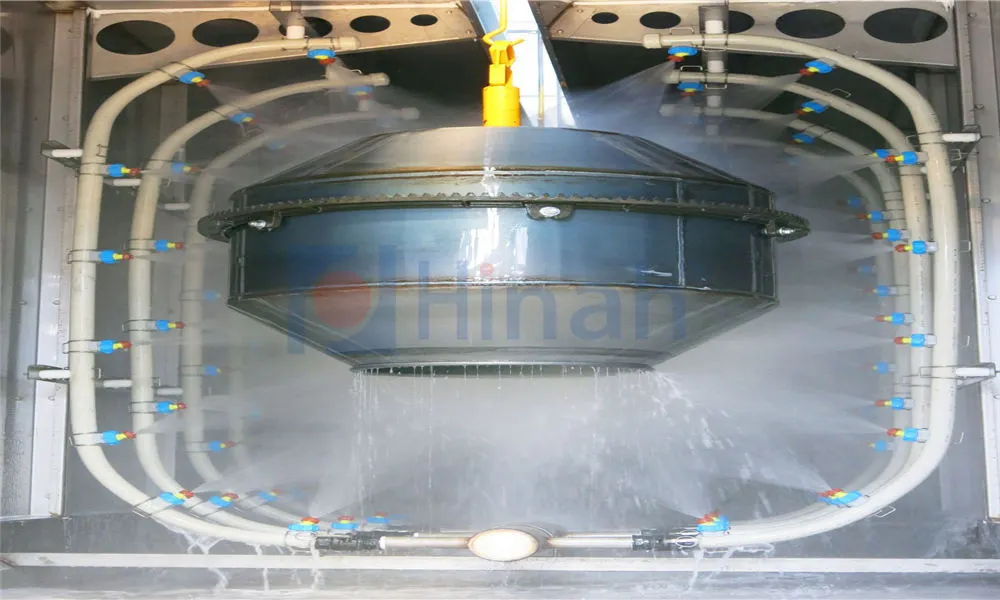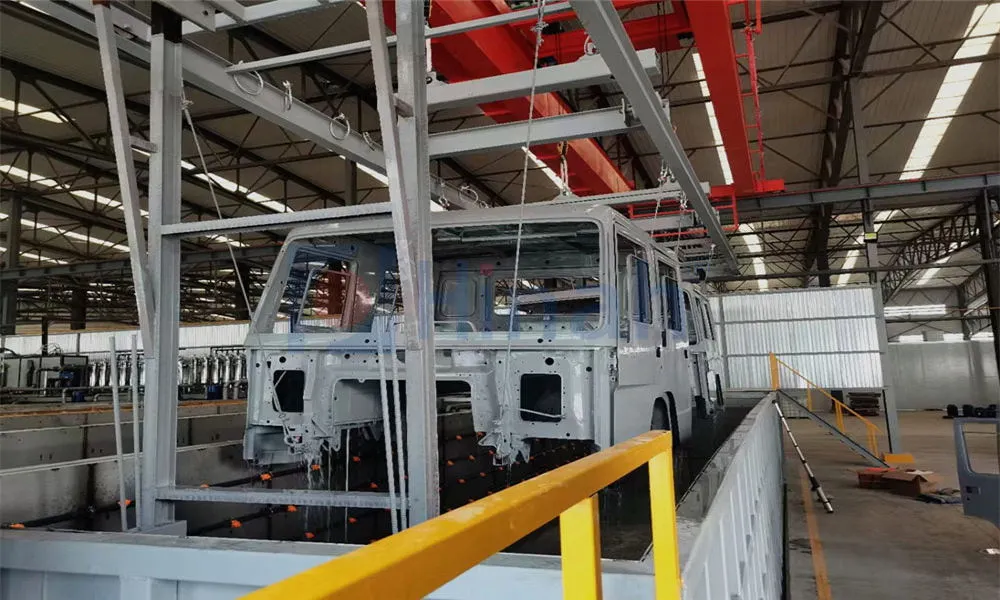In the world of industrial finishing, powder coating has emerged as a dominant force, celebrated for its durability, environmental benefits, and exceptional finish quality. Whether you're a manufacturing manager looking to upgrade your production line or a business owner venturing into a new market, understanding the intricacies of powder coating systems is paramount. This comprehensive overview will guide you through the different types of systems, the critical role of a reliable powder coating system supplier, the advantages of an automated powder coating system, the realities of powder coating system price, and the all-inclusive convenience of a turnkey powder coating system. We will also address common challenges to help you make a well-informed investment.
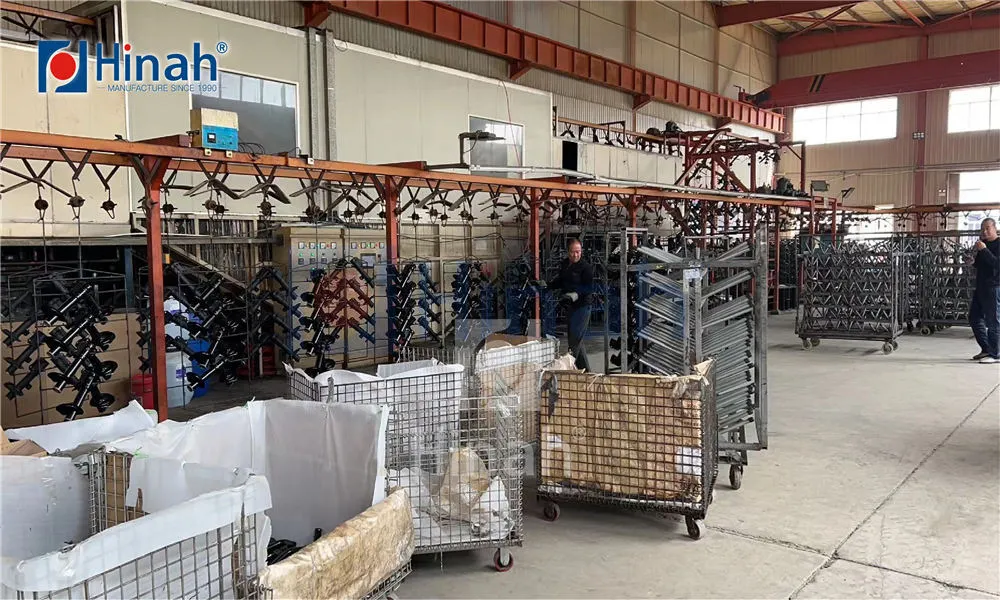
What is a Powder Coating System?
At its core, a powder coating system is an integrated setup used to apply a dry, free-flowing powdered material to a surface. The process typically involves three key stages:
Pre-treatment: Cleaning and preparing the substrate (often metal) to ensure optimal adhesion.
Application: Using an electrostatic spray gun to apply the powder, which is electrostatically charged and attracted to the grounded part.
Curing: Heating the coated part in an oven, which causes the powder to melt, flow, and form a smooth, hard, and durable coating.
This process is superior to traditional liquid painting in many ways, as it produces less hazardous waste, allows for nearly 100% material reuse (overspray can be collected and reused), and creates a thicker, more uniform coating without runs or sags.
Choosing the Right Powder Coating System Supplier
Your journey to a superior finish begins with selecting the right partner. A reputable powder coating system supplier is more than just a vendor; they are a consultant and a long-term support system. The right supplier will have a proven track record, offer robust technical support, and provide a portfolio of successful installations.
When evaluating a powder coating system supplier, consider the following:
Experience & Expertise: Do they specialize in your industry? Can they provide case studies or references?
Technology & Innovation: Do they offer modern, energy-efficient, and reliable equipment?
Service & Support: What do their installation, training, and maintenance services look like? Is parts availability guaranteed?
Customization: Can they design a system tailored to your specific parts, production volume, and facility constraints?
Partnering with a top-tier supplier ensures that your powder coating system is designed for maximum efficiency, quality, and return on investment.
The Rise of the Automated Powder Coating System
For medium to high-volume production environments, an automated powder coating system is no longer a luxury—it's a necessity for maintaining competitive advantage. Automation integrates material handling, application, and curing into a seamless, continuous operation.
Key components of an automated powder coating system often include:
Overhead Conveyors: To transport parts through pre-treatment, application, and curing stages.
Automated Spray Booths: Featuring multiple reciprocating guns programmed for consistent, repeatable application patterns.
Robotic Arms: For applying powder to complex geometries with pinpoint accuracy, minimizing overspray and maximizing transfer efficiency.
Centralized Control Systems: Software that monitors and controls every parameter, from conveyor speed to oven temperature.
The benefits are substantial: a significant increase in throughput, unparalleled consistency in finish quality, reduced labor costs, and enhanced operator safety by minimizing exposure to the application process.
Understanding Powder Coating System Price
The question of powder coating system price is complex, as it varies dramatically based on scale, automation level, and customization. A small, manual batch system for a hobbyist or a job shop might start in the tens of thousands of dollars. In contrast, a large-scale, fully automated powder coating system for an automotive plant can run into the millions.
Factors influencing the powder coating system price include:
System Type: Manual, semi-automatic, or fully automatic.
Size and Capacity: The physical dimensions of the ovens and conveyors, dictated by the size of your parts.
Pre-treatment Complexity: A simple 3-stage wash vs. a 7-stage zinc phosphating process.
Automation Level: The number of guns, the sophistication of robots, and the control software.
** ancillary Equipment:** Powder recovery systems, air compressors, and exhaust systems.
It's crucial to view the powder coating system price as a capital investment. A higher initial cost for a more efficient system can lead to lower operating costs through material savings, reduced energy consumption, and less downtime, yielding a faster payback period.
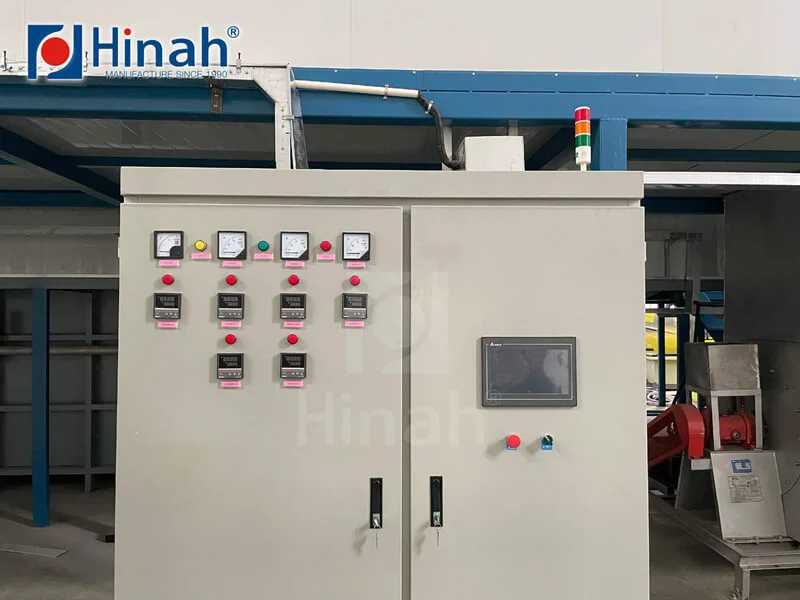
The All-in-One Solution: Turnkey Powder Coating System
For businesses that want a hassle-free, single-source solution, a turnkey powder coating system is the ideal choice. A turnkey powder coating system means the supplier handles everything from initial design and engineering to manufacturing, installation, calibration, and operator training. Your role is simply to "turn the key" and start production.
The advantages of opting for a turnkey powder coating system are immense:
Single Point of Responsibility: One supplier is accountable for the entire project's success, eliminating finger-pointing between different contractors.
Faster Project Completion: Streamlined project management ensures all components are designed to work together from the start, reducing delays.
Optimized Performance: Since the entire system is designed as a cohesive unit, you are guaranteed optimal integration and performance.
Reduced Risk: The supplier's expertise mitigates the risk of design flaws or integration errors.
This approach is highly recommended for complex projects or companies without in-house engineering resources for managing such a significant installation.
Common Challenges and Problems with Powder Coating Systems
Even the best-designed systems can encounter issues. Being aware of common problems helps in troubleshooting and maintaining consistent quality.
Poor Adhesion (Powder Pulls Away from Edges): This is often caused by inadequate pre-treatment. If the substrate isn't properly cleaned and phosphated, the coating won't stick. Contaminated compressed air can also be a culprit.
Orange Peel Texture: A rough, textured finish resembling orange peel is typically a curing issue. It can be caused by incorrect oven temperature, uneven heating, too much film thickness, or improper powder fluidization.
Pinholes and Voids: Small holes in the finish often occur when the powder is applied too thickly, trapping air or moisture that escapes during curing. It can also be caused by outgassing from the substrate itself (e.g., from welds or castings).
Inconsistent Film Thickness: This usually points to application problems. The operator may be holding the gun at an incorrect distance or angle, or an automated gun may have clogged nozzles or incorrect settings. Uneven ground connections can also cause this.
Low First-Pass Transfer Efficiency: This means a lot of powder is missing the part and going into the recovery system. This wastes material and increases costs. Causes include poor gun technique, incorrect voltage/current settings on the gun, or a system that isn't properly tuned for the part's shape.
Most of these issues can be prevented through rigorous process control, regular maintenance of equipment, and comprehensive operator training—another reason why partnering with a qualified powder coating system supplier is so critical.
Investing in a powder coating system is a significant decision that can dramatically enhance your product quality and operational efficiency. The journey involves careful consideration of your needs, a thorough evaluation of potential powder coating system supplier partners, and a clear understanding of the trade-offs between the powder coating system price and the long-term value.
Whether you opt for a manual setup or a fully automated powder coating system, the goal is the same: to achieve a durable, high-quality finish efficiently. For the smoothest path to production, a turnkey powder coating system offered by a experienced supplier provides peace of mind and a guaranteed result. By understanding the technology and its potential pitfalls, you are well-equipped to choose a system that will serve your business for years to come.


